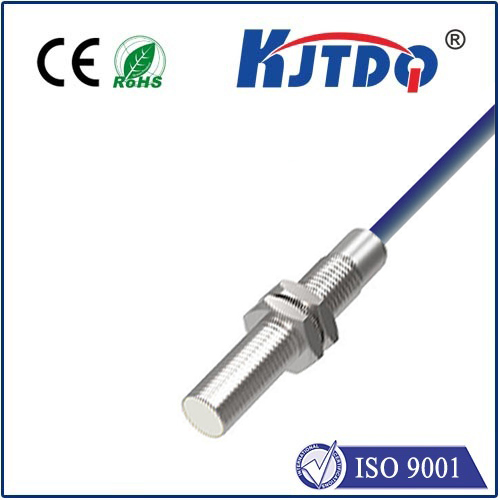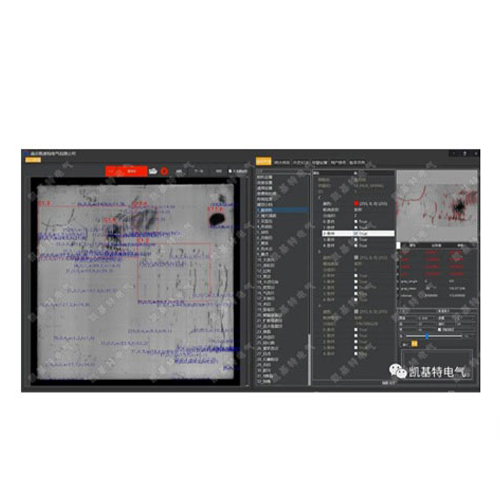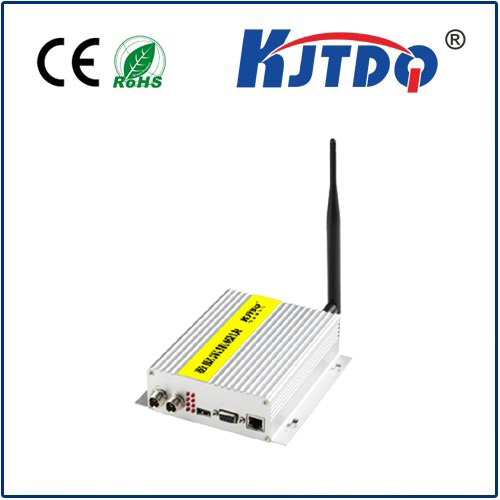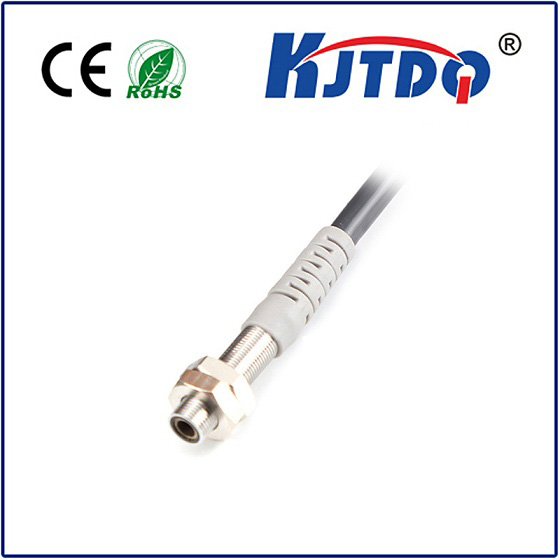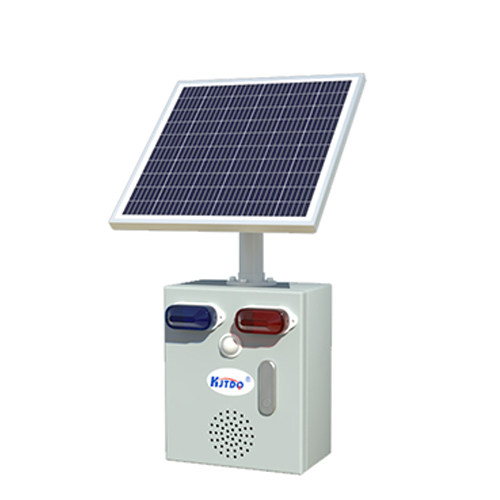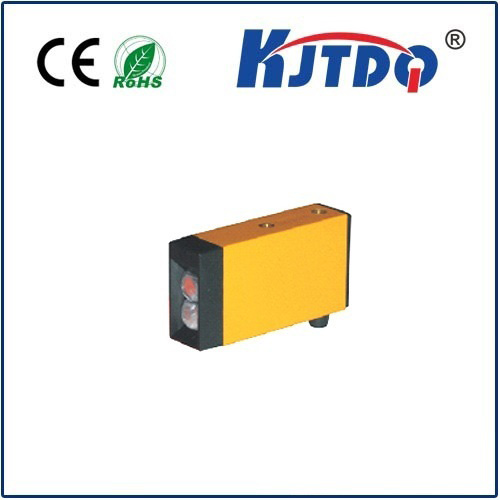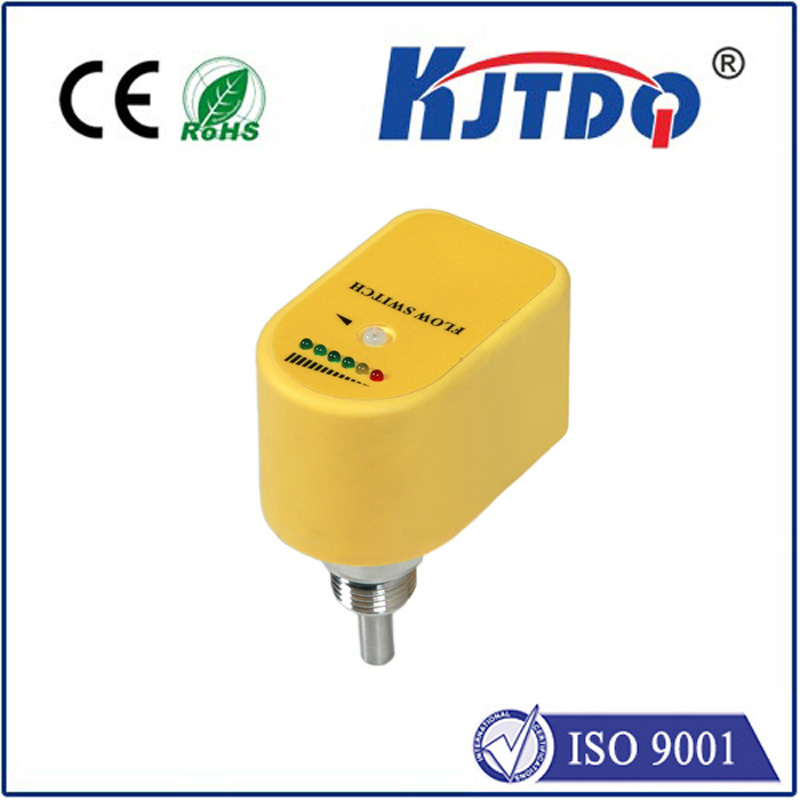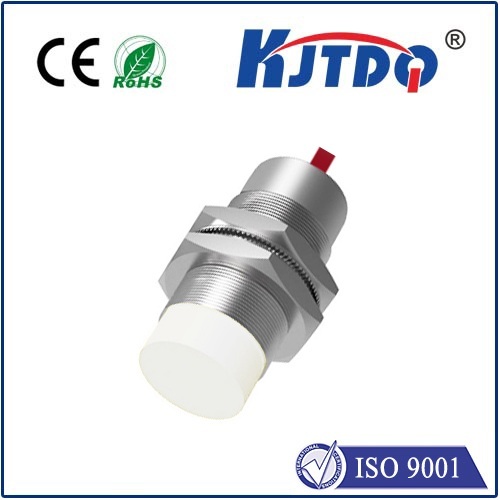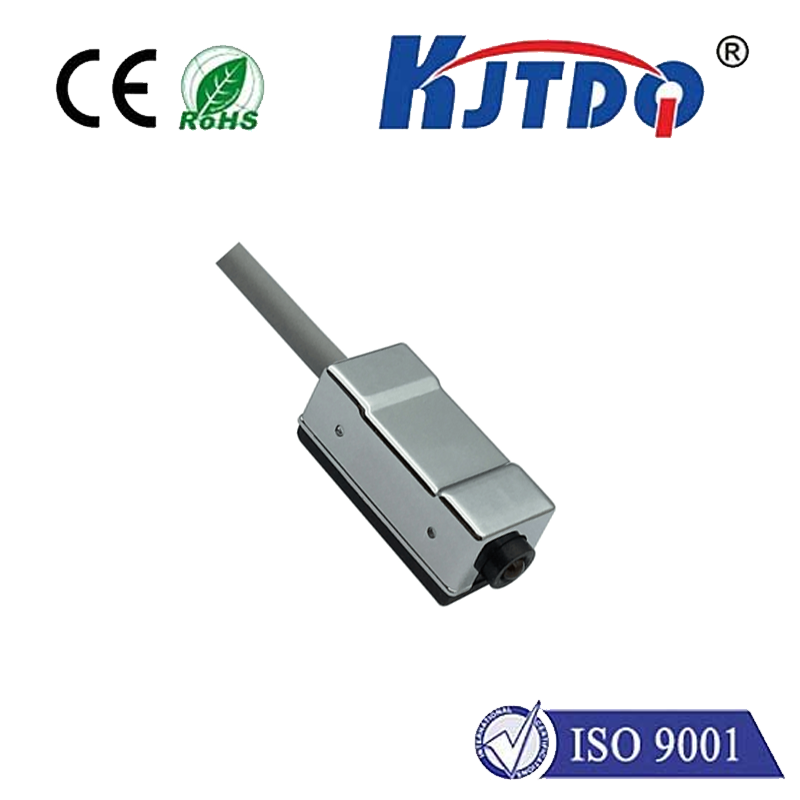

check

check

check

check

check

check

check

check

check

check
Ever paused to consider why the tiny proximity sensor in your smartphone or factory equipment varies wildly in price? From enabling touchless faucets to safeguarding automated processes, these unsung heroes are everywhere, yet their costs can range from pocket change to a significant investment. Whether you’re an engineer sourcing parts or a hobbyist tinkering with electronics, understanding proximity sensor prices isn’t just about dollars—it’s about unlocking smarter choices for your projects. In this guide, we’ll demystify the factors shaping these costs, explore typical market ranges, and reveal how to maximize value without breaking the bank.
First off, let’s clarify what proximity sensors actually do. These devices detect nearby objects without physical contact, using technologies like electromagnetic fields or light beams to sense presence, distance, or position. They’re vital in countless applications, from automotive safety systems to consumer gadgets and industrial automation. The core functionality involves emitting a signal and measuring the response, but this simplicity masks a complex cost landscape. For instance, an inductive proximity sensor, ideal for metal detection in factories, might cost less than a capacitive type used for liquids or non-metallic materials. This diversity in design directly impacts proximity sensor price, as simpler models start lower, while advanced ones with higher precision or immunity to interference command premium tags.

So, what drives these variations in proximity sensor prices? Several key factors intertwine, starting with the sensor’s type and technology. Inductive sensors, commonly priced between \(10 and \)50 per unit, offer robust performance in harsh environments but come at a moderate cost. In contrast, optical proximity sensors, which rely on infrared light for applications like smartphones or robotics, can soar to \(20–\)100 due to their precision components. Add in features like environmental protection—such as IP67 ratings for dust and water resistance—and prices climb by 20–30%. Brand reputation also plays a role: established names like Omron or Sick might charge 10–20% more for reliability and support, whereas budget options from smaller manufacturers can save you money but may sacrifice longevity.
Beyond technology and brand, other elements significantly sway the proximity sensor cost. The quantity ordered is a game-changer: purchasing in bulk often slashes unit prices by 15–40%, making large-scale industrial deployments far more economical. For example, buying 100 units could drop costs to \(15 each vs. \)25 for single purchases. Additionally, customization adds layers to the expense. If you need a sensor with specific output signals (like analog instead of digital) or enhanced range for unique setups, expect a 25–50% premium. Market demand and global supply chains also inject volatility; during component shortages, prices can spike by 10–30%, though innovations in manufacturing, like automated assembly lines, are gradually reducing average costs over time.
What does the actual pricing landscape look like today? Generally, proximity sensor prices span a broad spectrum, depending on your needs. For basic, off-the-shelf models—such as reflexive types for simple object detection—costs hover around \(5–\)20 per unit. Mid-range options, like ultrasonic sensors for distance measurement in smart homes, fall in the \(20–\)60 bracket. High-end industrial sensors, built for extreme temperatures or hazardous areas, often exceed \(100, with some specialized units reaching \)200+. Crucially, remember that this isn’t just about the sticker price; total cost of ownership includes installation and maintenance, where quality sensors reduce downtime and save money long-term. To navigate this, always prioritize quality over cheapness—investing in durable sensors can prevent costly failures, especially in critical systems.
With all this in mind, how can you select the right proximity sensor for your budget? Start by defining your application’s requirements: if it’s a low-stakes DIY project, a $10 inductive sensor might suffice, but for precision tasks like medical devices, splurge on a higher-priced optical model. Next, comparison shopping is key—scour online marketplaces like Digi-Key or Mouser for deals, read reviews, and request samples to test performance. For bulk orders, negotiate directly with suppliers to unlock discounts. Also, consider future-proofing; choosing sensors with modular designs or upgrade options can extend their lifespan and enhance return on investment.
In the end, proximity sensor prices are more than just numbers—they reflect a balance of innovation, application demands, and smart purchasing strategies. As technology evolves, costs are trending downward thanks to efficiencies in production and increased competition. Yet, by focusing on value and the factors covered here, you can make informed decisions that optimize both functionality and expenditure.

